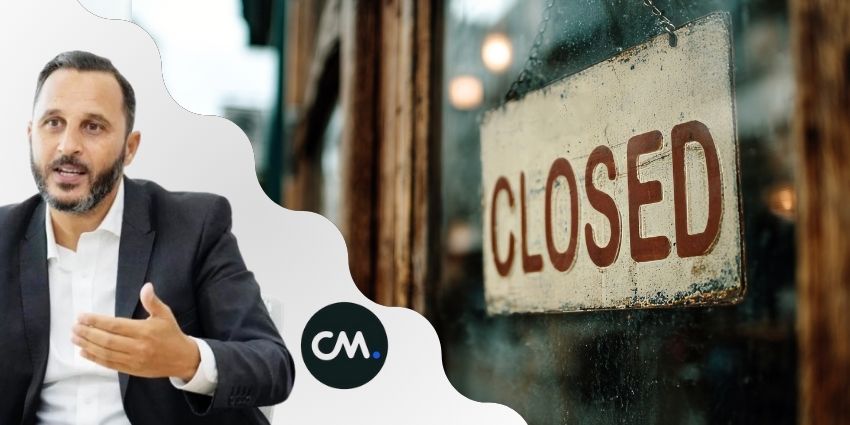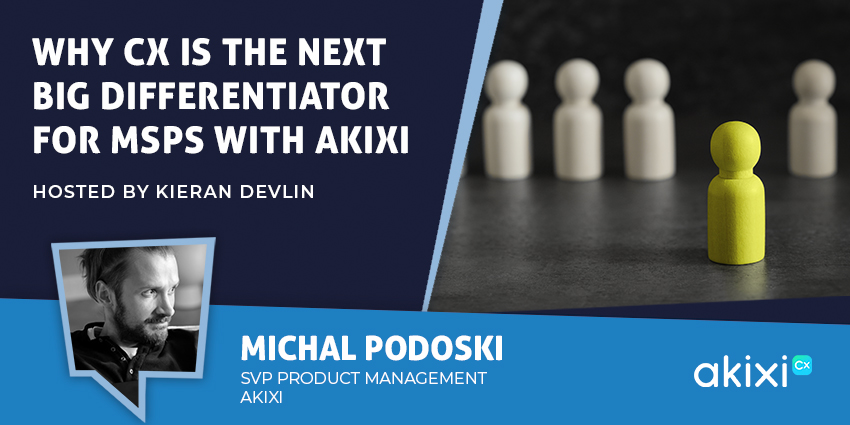For those paying attention to the ongoing saga of Avaya, it’s clear the company is going through a transition period as it refocuses on the ‘Global 1500’ (Avaya’s top 1500 customers) and continues to axe elements of the business that don’t support that vision. The market is full of speculation, and the company’s lack of clear messaging has left partners and customers scrambling for answers. So, let’s cut through the noise and set the record straight.
The 200-Agent Myth – Misunderstood?
One of the most significant misrepresentations floating around is that Avaya is “abandoning” customers with fewer than 200 agents on its platform AXP. According to partners, that is simply not true. As one industry insider put it, “It’s a complete misnomer. They’re not turning their back on that market. They’re just shifting how they serve it.” Instead of directly managing smaller contact centers, Avaya is leaning on channel partners to take ownership of deployment, onboarding, billing, and administration. It’s a strategic shift, not a shutdown.
So, what does this mean for the customers that fall beneath 200 seats on AXP? Firstly, there aren’t many customers that fall into this bracket worldwide. One insider with access to the senior team said, “When they looked at the impact of all customers, it affected about 20 customers globally, of which 10 had a roadmap to move into the minimum requirement anyway. So, really, the impact is minimal.”
A Managing Director of an Avaya partner aired his frustration on the move, “Avaya has let the market create its own narrative, and they’ve been far too slow in responding. They should have seized control of the messaging before others filled the vacuum with speculation.”
He also emphasized that the 200-seat threshold has been exaggerated in importance: “We have a customer just below the 200-seat mark, and we’re working with Avaya to find a solution. There’s more flexibility than people think, but that hasn’t been communicated properly.”
So, what could ‘leaning on the channel’ look like? It has been suggested that partners could buy smaller numbers of AXP seats through master agents or distributors. Some have even suggested partners may run their own instance, and they can split the 200-seat requirement across their whole base. However, details are emerging every week, and there seems to be confusion if one or all these pathways will be available.
There has been an increasingly cautious sentiment regarding customers between 200 seats and the fabled Global 1500. Is that going to become a strange no-man’s land, or will Avaya empower partners there, too? It looks as though much of that will go through distribution channels and through partner networks too, allowing the vendor to concentrate on its technology innovation and its biggest customers.
AXP: A Future That’s Already the Past
Then there’s the case of the Avaya Experience Platform (AXP). After selling partners on the idea that AXP was the future, Avaya is now transitioning to an entirely different platform—the one acquired from Edify. For partners who heavily invested in AXP, it’s a gut punch. “We spent time, money, and resources skilling up on AXP, only to be told we’re moving to something else,” said one frustrated exec. “If it was an evolution, fine. But this is a complete shift.”
After selling customers on the idea of AXP and preparing their transition, it’s a tough conversation to go back with a new platform that won’t be ready for months. At the moment, the new AXP (or AXP25, as some have referred to it) is rumoured to be available this summer.
Why the change? Reading between the lines, it appears Avaya identified flaws in AXP that made Edify’s platform the better bet. But, as another insider pointed out, “If that’s the case, then why didn’t they just run them in parallel until they had a clearer strategy?”
Some partners are more bullish on the move, “Edify is going to be the one pane of glass for everything, replacing the fragmented approach Avaya had for years.” They believe the long-term vision is solid, but the lack of communication has made things unnecessarily messy.
Another partner added, “Avaya’s old habit of trying to be everything to everyone is part of what got them into trouble. They’re finally making hard decisions about their focus. It’s painful in the short term, but it could ultimately be the right move.”
What’s Next? Nobody Knows—Not Even Avaya
Beyond the 200-agent debate and the AXP debacle, Avaya’s broader future remains murky. Partners report getting conflicting signals about the fate of IP Office and the hybrid cloud model Avaya had previously championed. One source put it bluntly, “Is IP Office dead? Nobody has a straight answer.”
Even the company’s internal teams are struggling with the uncertainty. “The UK team had no idea this was coming, and now they’re stuck cleaning up the mess,” one partner observed.
Another echoed the sentiment, “The people on the ground are doing their best, but they’re getting limited information themselves.“
One prominent partner highlights the resilience of enterprise customers who rely on Avaya’s robust infrastructure. “For many large enterprises and public sector organizations, this isn’t a ‘rip and replace’ scenario. Their systems are deeply embedded, and they’ll take a careful, measured approach to any changes.” He also noted that many of these organizations view Avaya’s recent turmoil as an internal restructuring rather than a crisis: “They’re looking at roadmaps, not headlines.”
Another source remains bullish, “Avaya is laser-focused on product now, which is what they’ve always been best at. They’re pushing back on their own services, encouraging the partner community to step up. That’s a good thing for customers.” He also noted that new logos are still being added: “We’ve closed two new deals in the last month. That doesn’t happen if a company is collapsing.”
On their Avaya business, another partner said something similar, “We just closed our fiscal year and our Avaya business is up year on year. We are getting big renewals, and some new projects have come in, too. People are still buying Avaya.”
A Make-or-Break Moment
Avaya’s future hinges on two things: executing a smooth migration to the new platform and proving that its channel-focused strategy is viable. If they succeed, they’ll buy themselves time to prove the new vision is the right one. If they fail, it could be the final straw for many long-time partners and customers.
As one seasoned industry player put it, “We’ve been through two Chapter 11’s, strategy flips, and now this. If this new platform migration doesn’t go well, that’s it. Game over.”
However, optimism persists about the long-term potential, “The competition will always frame this as a calamity. But if you strip away the noise, the fundamentals are strong. Avaya isn’t going anywhere.”
Stay tuned to the latest news coming from Avaya on UC Today.
Want to continue the conversation on social? Join us on Reddit.
Avaya – Smart Strategy or More Confusion
byu/Doubtful-Poppy-49 inuctoday







